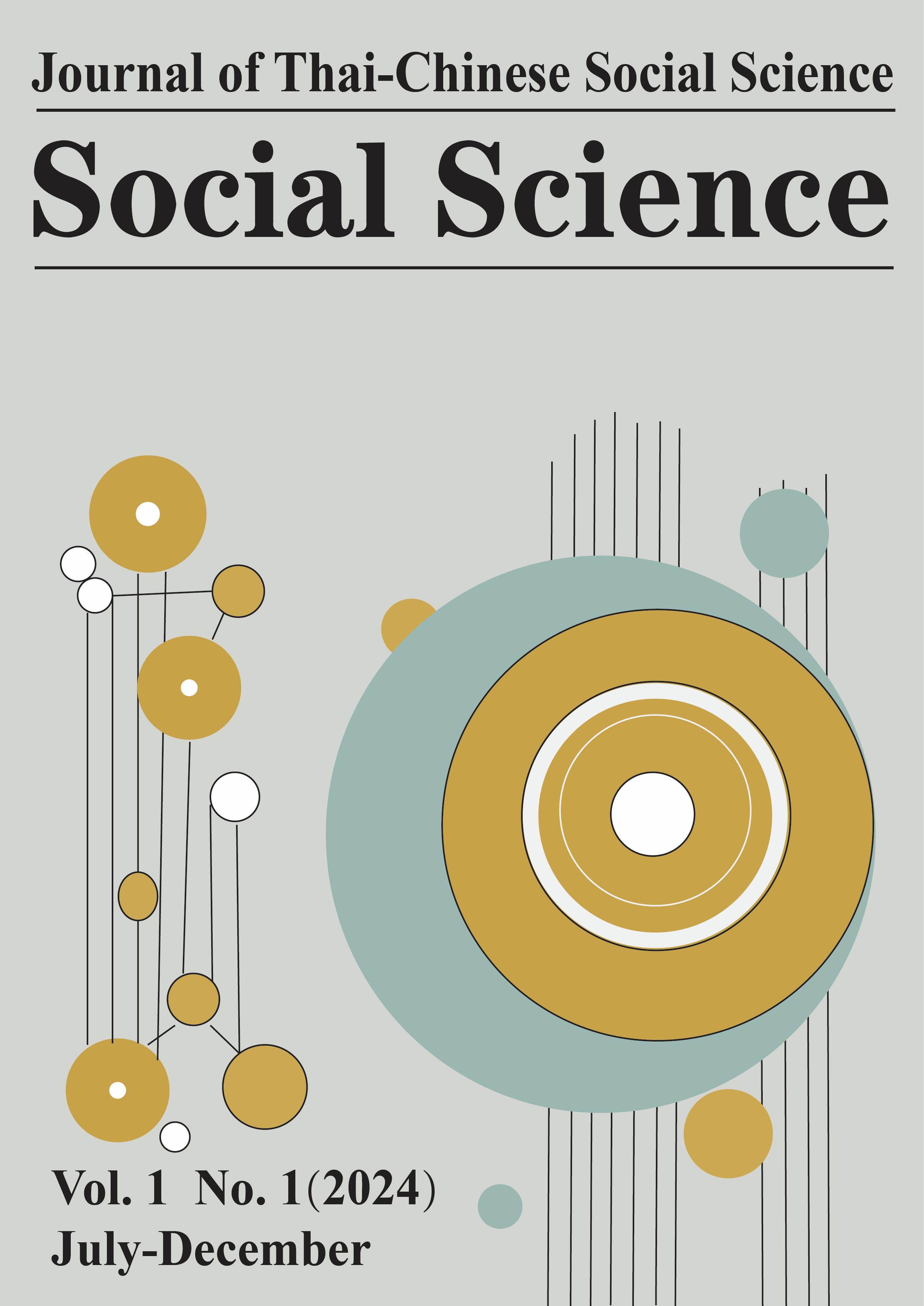A Sociological Analysis of the Cultural Characteristics of Hotpot Restaurant Names in the Sichuan-Chongqing Region
Keywords:
Hotpot restaurant names , cultural characteristics, sociological perspective, qualitative analysis, Sichuan-Chongqing region, food cultureAbstract
This study aims to explore the cultural characteristics and formation mechanisms of hotpot restaurant names in the Sichuan-Chongqing region, examining how these names reflect cultural heritage, regional identity, brand building, and customer experience, while uncovering the socio-cultural motivations behind them. Utilizing qualitative research methods, this study selects 43 restaurants located in the Sichuan-Chongqing area from the top 100 hotpot restaurants listed on a popular food website. Through systematic categorization and in-depth interpretation using three-level coding analysis, the findings reveal distinct characteristics of these restaurant names in terms of cultural heritage and innovation, regional cultural expression, brand identity formation, and the construction of dining experience. These names not only serve as commercial identifiers but also as carriers of cultural and social value. This study offers new theoretical and practical insights into the role of business names in cultural heritage and social interaction, providing practical guidance for restaurant industry professionals in brand building and market positioning and offering consumers a deeper understanding of regional culture.
References
任禹舟 & 卢琴. (2023). 武胜:一盆火锅煮“沸”百亿产业. 广安日报, 3.
刘兆忠. (2020). 火锅底料智能化生产技术革新点及未来展望.28.21
卢晗. (2024). 网络符号消费研究的理论、文化与价值面向. 东南学术, 1, 176–186.
卫旭华, 陈义, & 汪光炜. (2024). 管理研究中的质性元分析方法:适用问题、操作策略与应用展望. 管理学报, 1–11.
孙丘月 & 侯海荣. (2023). 符号互动论视角下区域文化的传播策略——以《茶啊二中》动画电影为例. 电影文学, 22, 158–160.
孙逸潇. (2018). 由重庆火锅思考文化符号的形成与传播思路. 传播力研究, 2(28), 30.
宁静, 许耀鹏, 马丽娅, 杜阿如娜, 杨瑞香, & 吴楠. (2019). 牛油麻辣味火锅底料的制作. 中国调味品, 44(6), 150–153.
宋雨萱. (2021). 饮食人类学视域下的西南地区辣椒文化. 文化产业, 18, 40–41.
巫月娥. (2024). 文化自信视阈下国潮品牌成长过程及影响因素——基于扎根理论的探索性研究. 四川轻化工大学学报(社会科学版), 39(1), 16–26.
成宇昂. (2020). 火锅文化的当代传播研究. 文化创新比较研究, 4(15), 77–78.
李艳. (2020). 符号互动论下文化遗产旅游体验价值生成研究 [博士学位论文, 西北大学].
王心诗, 朱大军, 刘辉, 李洪亮, & 何高洁. (2021). 辣卤风味火锅底料配方优化工艺研究. 中国调味品, 46(10), 144–148.
王璇璇. (2010). 解析巴蜀火锅的流传和创新. https://doi.org/10.3969/j.issn.1009-4717.2005.03.004
王艳, 唐毅, 赵欠, 梁亚男, 黄艳, & 张丽. (2023). 香辛料对火锅底料风味物质形成的影响. 食品工业, 44(10), 115–119.
袁格霄. (2017). 广元市火锅店名的语言和文化特点分析. 文化创新比较研究, 0(6), 66-74.
赵志伟. (2006). 餐饮装修有道——中式酒楼,火锅店. 邓俐. (2023, October 1). 重庆綦江区:火锅产业“火力全开”. 农民日报, 3.
陈燕. (2007). 人际传播:符号互动论与社会交换论的比较研究 [硕士学位论文].
黄静, 罗吉庆, 罗丹, 邓楷, & 龙锦鹏. (2020). 红汤火锅底料参数优化设计. 中国调味品, 45(6), 111–115.
龙丹梅. (2022). 合川:火锅“烫”出千亿产业. 重庆日报, 1.
蒋淞宇.(2019).川渝冒菜店名实证研究. 中国民族博览(05),81-82.
幸亮. (2007). 重庆火锅店店名漫谈. 和田师范专科学校学报: 汉文综合版, 27(3), 6-6.
王涛. (2018). 重庆火锅店名的语言艺术特色. 长江师范学院学报, (1), 129-135.
袁格霄. (2017). 广元市火锅店名的语言和文化特点分析. 文化创新比较研究.(1),1-15.
任志萍. (2004). 中餐馆店名的语言及文化特点分析. 修辞学习, (1), 72-73.
赵世举. (1999). 当代商业店名的构成类析及文化透视. 云梦学刊, 20(1), 78-80.
陈思思, & 张娇娇. (2012). 火锅店名用语特点及审美取向浅论——以新乡市火锅店名为例. 神州, (8), 257-257.


